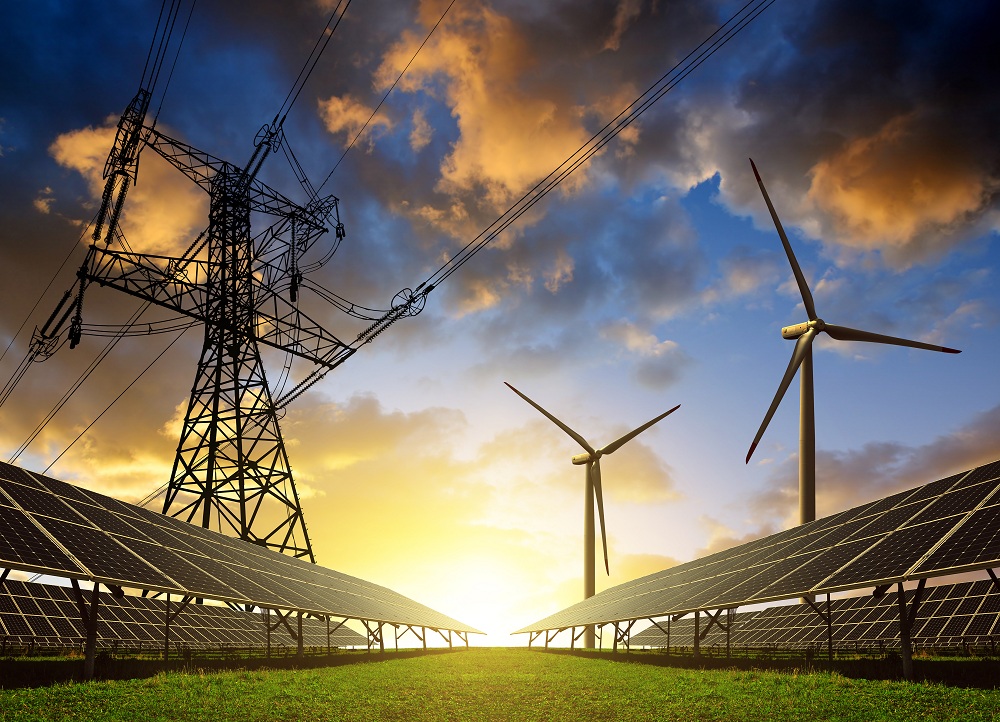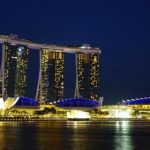The energy sector in Singapore has restructured over the years, from the establishment of the Public Utilities Board in 1963 to the gradual liberalisation of the sector. The recent development is the Open Electricity Market where all consumers could choose from whom they wanted to purchase electricity. Aside from the regulatory body and strong infrastructure that ensure seamless power supply, the sector is heavily dependent on energy generation companies that provide electricity across Singapore. We look back at these electricity providers cum generators and how they have played a fundamental role in developing the energy sector before the 2000s.
Electricity Providers In Singapore Before The 2000s
The energy industry in Singapore today can be described as coming full circle as the first investments for energy generation in Singapore was made by private investors and not the state. The Tanjong Pagar Dock Company had first invested in electricity lightings so that workers at the Tanjong Pagar wharves could continue to work after sunset. The lightings were also essential in improving the country’s security against crime. After the Dock Company became a government agency, it built a power station at Mackenzie Road in 1906.
Singapore’s First Power Station: Mackenzie Power Station (1906)
While the government administration back then got the first source of electricity from the Tramway Company that powered up the electric tram network in Singapore, the “official turning on” of electricity in the country was made possible by the Mackenzie Power Station. A landmark in the Tekka area with its red brick walls and towering smokestacks, the establishment of the power station was a significant milestone in Singapore’s history. The streets along Raffles Place, North Bridge Road and Boat Quay were the first to be lit in the country. The power station continued to deliver electricity to the trams as well. However, the building was demolished after the Japanese Occupation.
First Power Station In Singapore To Use Fuel Oil: St James Power Station (1926)
All generators at the Mackenzie Power Station were working non-stop ever since the station opened, with almost no downtime for maintenance. By the 1920s, Singapore was already planning for large infrastructure across the landscape and thus, the St James Power Station was set up to generate electricity for these projects. Initially, it generated energy by firing coal, but later in 1940, it used fuel oil, the first in Singapore to do so. The power station decommissioned in 1976 due to rising operational costs to address the nation’s demand for power. The building still stands today at Harbourfront.
Meeting Post-War Demand For Energy: Pasir Panjang A Power Station (1952)
After the war ended in 1945, Singapore’s demand for electricity grew. This led to the commissioning of the first power station at Pasir Panjang in 1952. It was an important project to address the problems of electricity breakdown and blackouts that the St James Power Station was unable to cope with.
Supporting Singapore’s Industrialisation: Pasir Panjang B Power Station (1965)
Following Singapore’s separation from Malaysia, the country worked towards rapid industrialisation. The Pasir Panjang B Power Station was opened in 1965 so that more electricity could be generated to meet the demand for energy in the growing nation, especially at a time when many industrial consumers began operations. The station’s total installed generation capacity by the end of the following year was 460 megawatts.
Supporting Singapore’s Economic Expansion: Jurong Power Station (1970)
When Pasir Panjang B Power Station was nearing completion, planning for the Jurong Power Station had already commenced. It was a critical infrastructure to support Singapore’s economic expansion and technological advancements.
Most Technologically Advanced: Senoko Power Station (1997)
Further driving the nation’s tech advancements, the Senoko Power Station was established in 1977, having been in planning stages since 1971. It is known to be the most technologically advanced power station as it utilises a computer-based turbine run-up system and an automatic data recording programme to track all operating conditions. After all development phases were completed by 1983, Senoko’s capacity reached 1,610 megawatts. By then, Senoko took over a bulk of the nation’s energy generation, and St James and Pasir Panjang A power stations were kept as standby generators. In 1991, Senoko Energy became the first among the power plant companies in Singapore to be fuelled by piped natural gas from neighbouring Malaysia. In 2004, its steam turbines were converted to gas turbines for cleaner output.
First Off-Shore Power Station: Pulau Seraya (1988)
Meeting the nation’s electricity needs was a continued priority for the state. Planning for the Pulau Seraya power station began in 1979 on a small island south of Singapore to enhance the capacity of energy supply in the country. When it opened in 1988, it had three 250-megawatt-generating steam plants. The island has merged with six others to form the Jurong Island we know of today.
Energy Companies In Singapore Today
Among the power generating companies in Singapore, Senoko Energy is the largest, with a licensed capacity of 2,807 megawatts that meets 20 per cent of the country’s energy needs. It is also a retail electricity supplier in Singapore, one of the energy companies taking part in the Open Electricity Market alongside Geneco and Tuas Power. Soon, consumers will be able to choose other providers to pay their electricity tariff to, another step forward in Singapore’s electricity market.











